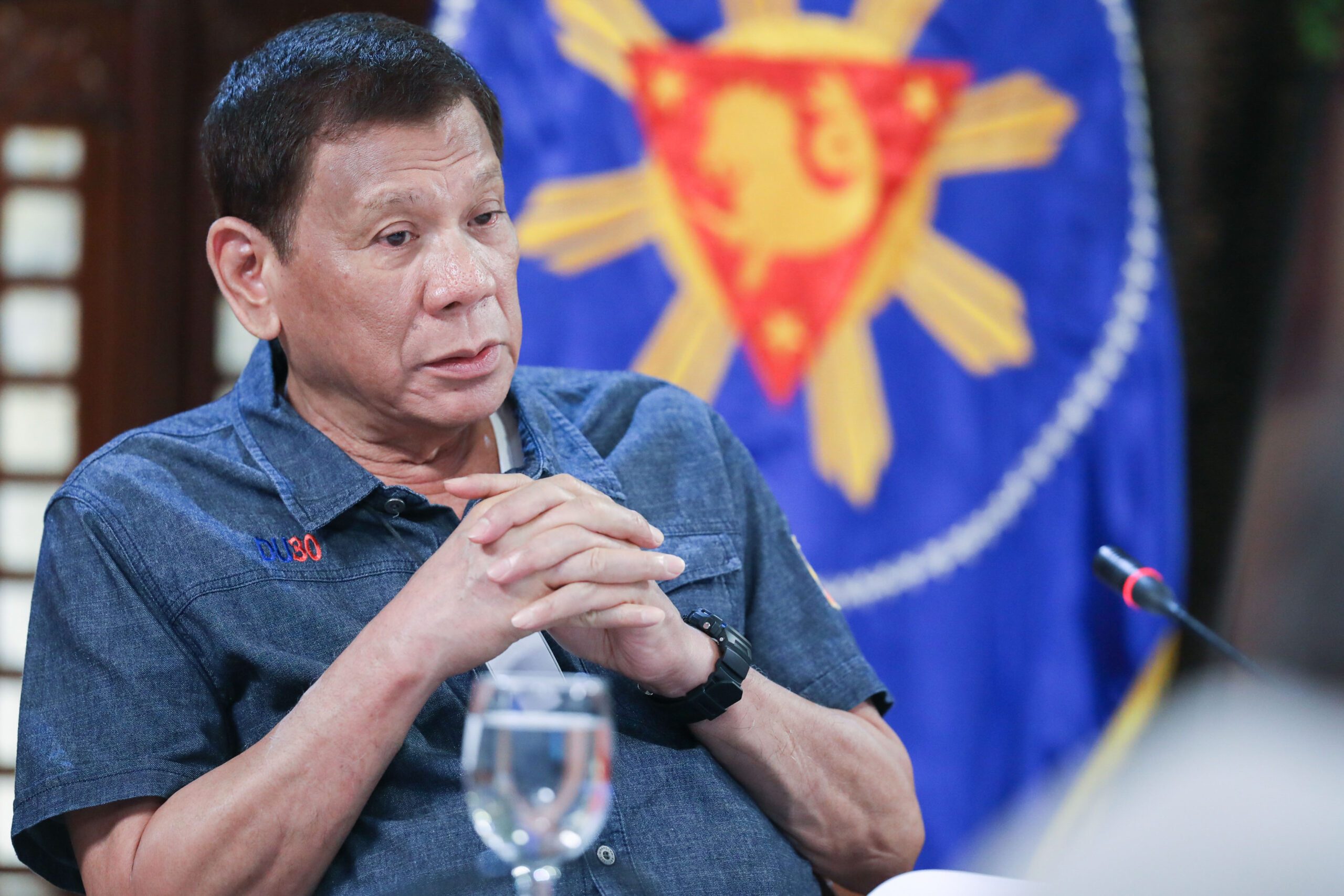SUMMARY
This is AI generated summarization, which may have errors. For context, always refer to the full article.

MANILA, Philippines – President Rodrigo Duterte approved the downgrading of Metro Manila to general community quarantine (GCQ) starting June 1.
“The NCR (National Capital Region) will now be placed under the general community quarantine or the GCQ starting June 1,” said Duterte.
He announced this after his meeting with officials of the Inter-agency Task Force on Emerging Infectious Diseases (IATF-EID) on Thursday night, May 28.
The other parts of the country that will be on GCQ are the following:
- Davao City
- Cagayan Valley
- Central Luzon
- Calabarzon
- Pangasinan
- Albay
The rest of the country will be under modified GCQ, the lowest form of community quarantine enforced by the government.
In GCQ, public transportation will resume operations but at a limited capacity and with observance of health protocols like physical distancing and mask-wearing.
The easing of quarantine measures was recommended by the task force to the President. This recommendation echoed the wish of Metro Manila mayors for the megacity to go from the stricter modified enhanced community quarantine (MECQ) to GCQ.
Presidential Spokesperson Harry Roque earlier justified the expected downgrading by citing data from Metro Manila mayors that the doubling of coronavirus cases in the region has slowed.
“In the data on which Metro Manila mayors based their decision, the case doubling rate for this sickness is already almost a month,” he said in Filipino earlier on Thursday.
Roque also expressed a “very high level of confidence” that Metro Manila residents would closely abide by GCQ health protocols.
Warning from experts. But a group of University of the Philippines experts and scientists said data from the Department of Health (DOH) shows it may be “premature” to ease quarantine measures in Metro Manila.
While some cities, like Mandaluyong, Marikina, Pasig, Quezon City, and San Juan, saw a decline in cases the past week, there were significant increase in cases in Makati, Las Piñas, and Pasay.
Metro Manila had an average of 5 new cases per day per million of population which led the group to classify the megacity as “high risk.”
On the same day Duterte made his decision, the country reported its highest number of new cases in a day – 539. But the DOH said part of the rise was due to the validation of days-old positive test results.
Health Secretary Francisco Duque III gave assurances that the country’s healthcare system is far from overwhelmed by the pandemic.
“Our health systems capacity is sufficient. We have 60% reserve capacity in terms of ventilators, ICU (intensive care unit) beds, and isolation beds,” he said. – Rappler.com
Add a comment
How does this make you feel?
There are no comments yet. Add your comment to start the conversation.